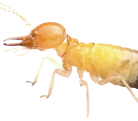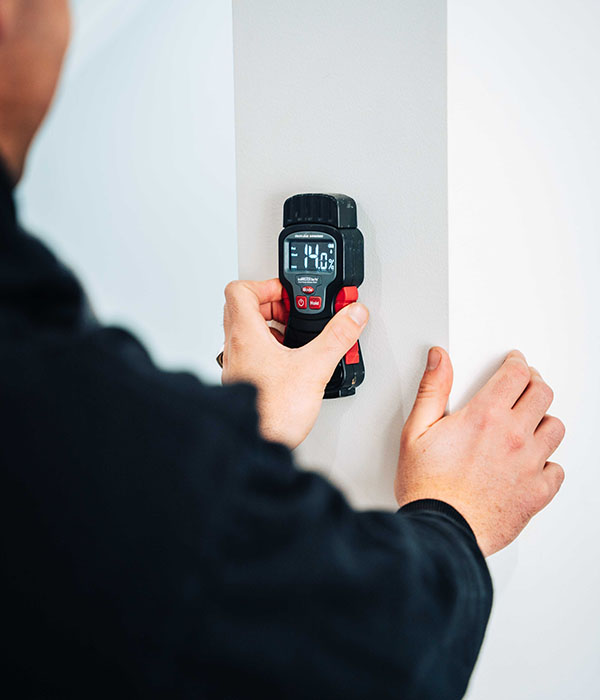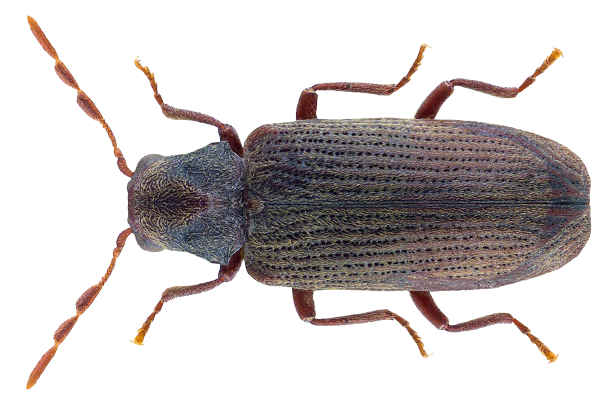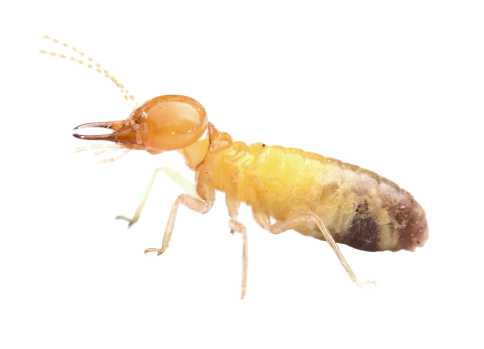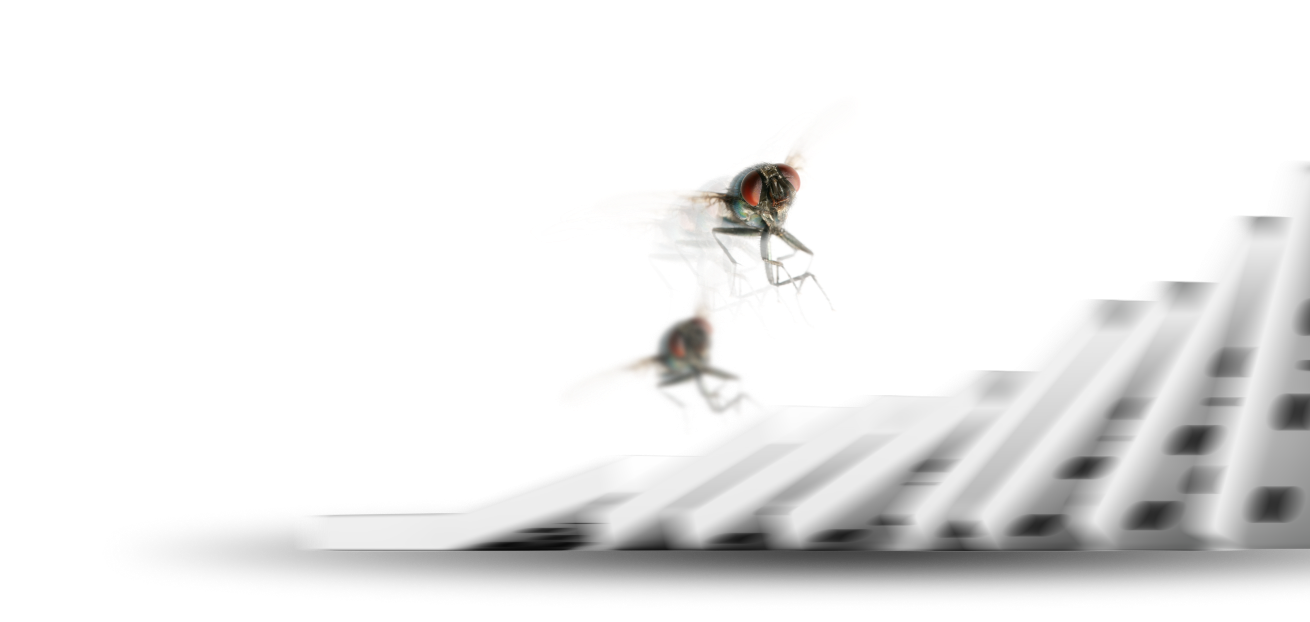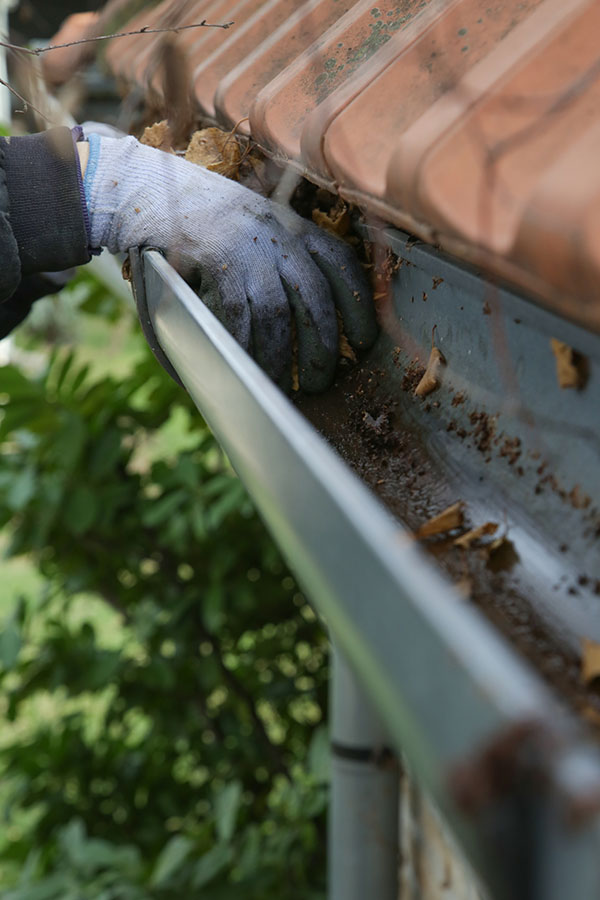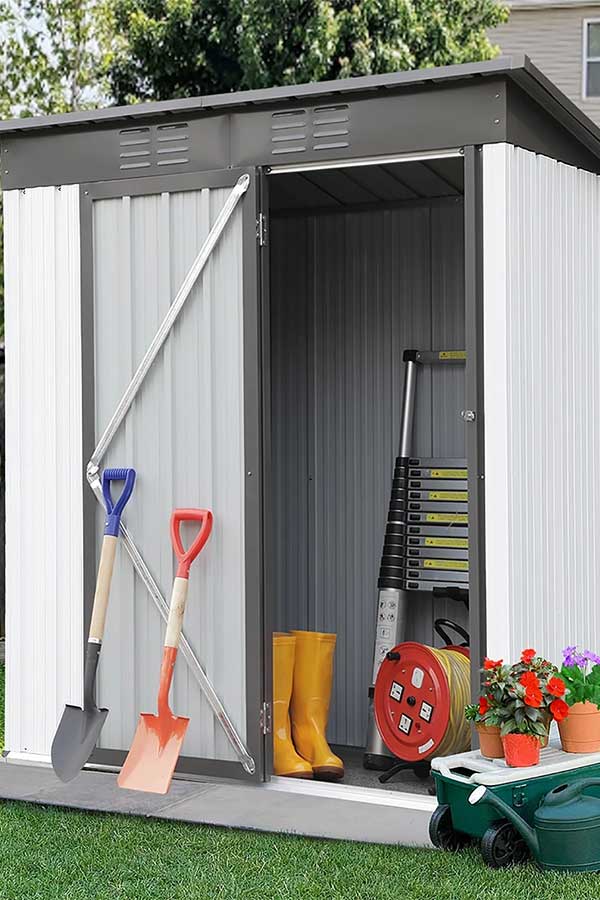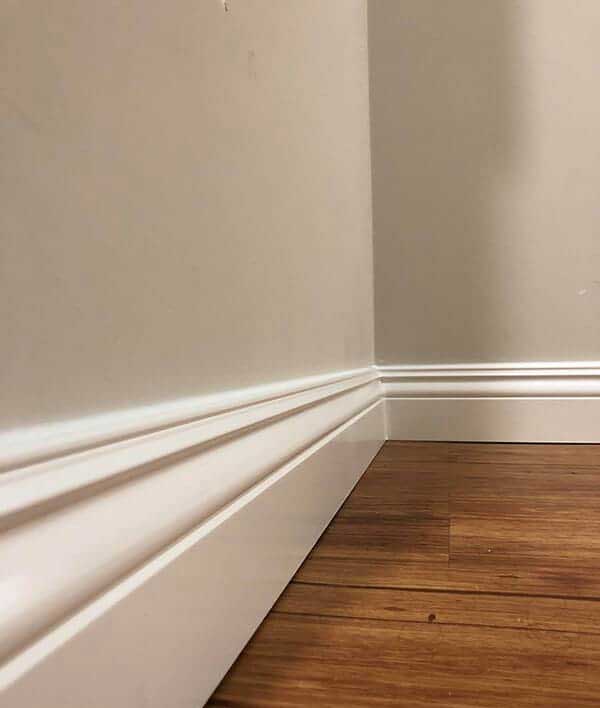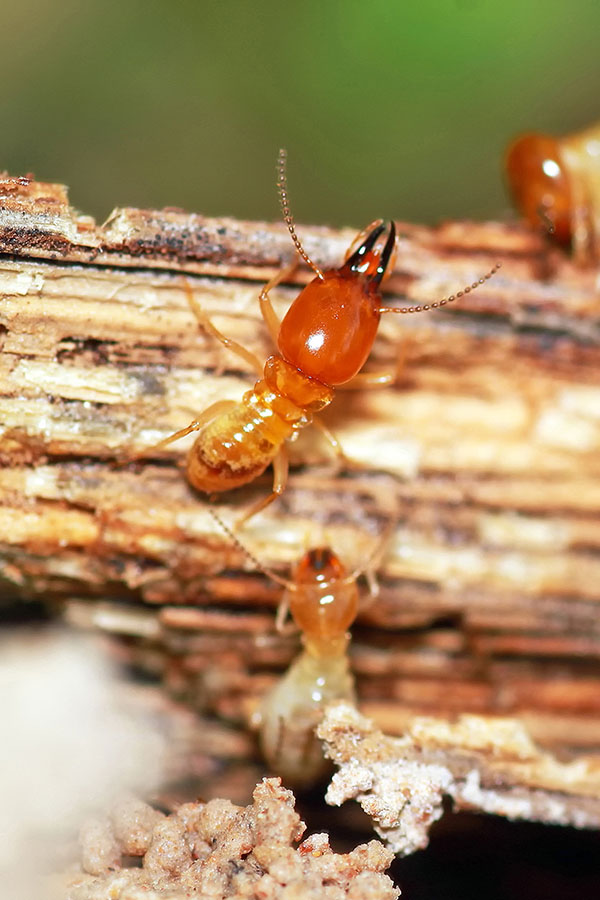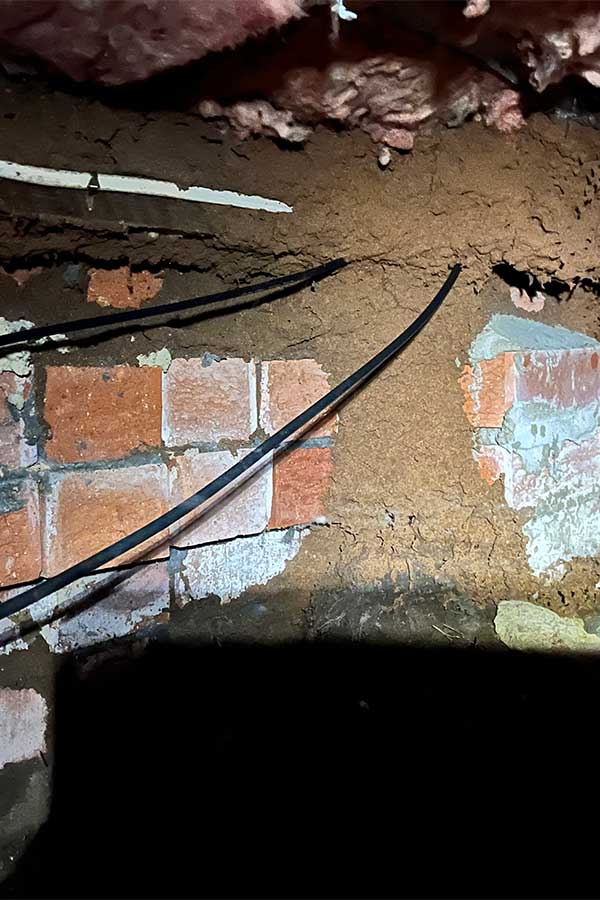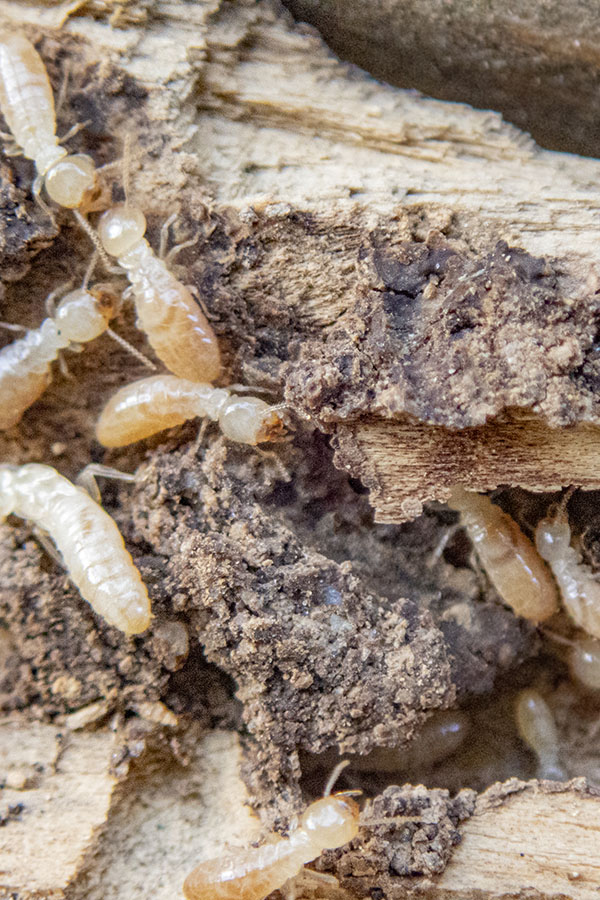Termites are small, winged insects that are often mistaken for ants. They are pale in colour and range in size from 1/8 to 1/2 inch long. Although they have wings, they are rarely seen flying, as they prefer to stay hidden in the shadows. Termites live in colonies and are known for their destructive habits, as they feed on wood and other cellulose-based materials. As a result, termites can cause extensive termite damage to homes and other buildings if left unchecked.
Coptotermes is a genus of wood-destroying termites. They are among the most economically important pests, as they cause extensive damage to buildings and other structures made of wood.
Coptotermes are small, winged insects that live in colonies underground. These colonies can number in the tens of thousands, and each one contains a king, a queen, and many sterile soldiers. The soldiers have large jaws that they use to defend the colony from predators and attack other termites.
The workers build the nests and tunnel through wood to find food. Coptotermes are especially damaging because they can excavate galleries in wood that are only 2 or 3 millimetres wide. This allows them to avoid detection and continue feeding on wood until it is completely destroyed. In order to control these pests, it is important to prevent them from gaining access to buildings and to regularly inspect for signs of infestation
A termite flight is when a group of termites swarm together to find a new place to live. The winged termites, also known as alates, leave their current home in search of a mate and a suitable place to start a new colony. Alates are usually dark in colour and have two pairs of wings that are equal in size. Once they find a mate, they lose their wings and begin digging a new system of tunnels. A termite flight typically occurs during the spring or summer months, although it can happen at other times of the year depending on the species of termite. If you see a termite flight, it's important to contact a pest control professional as soon as possible for further investigation.
The colony can have as many as 2 million members, and each termite has a specific role to play in the colony. The termites that do the most damage to homes and business structures are the workers. Their job is to find food for the colony, and they do this by eating the wood in buildings. Termites are attracted to wood because it contains cellulose, which is a major component of plant cell walls. As the termites consume the wood, they weaken the structure of the building, making it more susceptible to collapse. In addition, termites can also spread diseases and contaminate food supplies.
Termites are able to eat wood because they have a specialized gut that contains bacteria that breaks down cellulose. This process starts when termites feed on wood that contains cellulose. The bacteria in their gut break down the cellulose into smaller molecules, which the termites can then absorb and use for energy. Over time, this process weakens the wood and makes it more susceptible to damage from wind, water, and other elements.
Termites are most likely to be located in areas of residential or business premises that are damp and humid, such as the subfloor or roof void. They are also attracted to wood that is wet or has been damaged by water. This could be in garden beds under logs or trees. Finally, termites may also be found in any area where there is a lot of paper or cardboard, such as the office or storage room.
Conducive conditions for termites include a lack of light and air, high humidity, and a food source. These conditions are often found in basements, crawl spaces, and in the ground.
First, make sure that there is no wood-to-soil contact around your foundation. This includes tree limbs, mulch, and firewood stacks. If termites have easy access to wood, they'll be more likely to infest your home. Second, keep your gutters clean and free of debris. Clogged gutters provide a perfect breeding ground for termites, so it's important to keep them clear. Finally, repair any leaks or water damage in your home as soon as possible. Termites are attracted to moisture, so by eliminating sources of water intrusion, you'll make your home less inviting to them. By following these simple tips, you can help prevent termites from becoming a problem in your home.
In Sydney, NSW, termites are a serious problem. Each year, these pests cause millions of dollars in damage to homes and businesses. In fact, termites are responsible for more damage to buildings than fires, floods, and storms combined. Fortunately, there are steps that you can take to protect your property from these destructive creatures. Here are some important termite statistics to keep in mind:
-Termites live in colonies that can contain up to several million members.
-Each termite can consume up to 12 grams of wood a day.
-A single colony of termites can eat through an entire house in just a few years.
-Termites are most active during the spring and summer months.
-The majority of termite species in Sydney, NSW are subterranean termites. These pests build their nests underground and then travel into buildings through cracks and pores in the foundation.
By clear understanding the threat that termites pose, you can take steps to protect your property. Be sure to have your home inspected regularly for signs of these pests and make repairs promptly if any damage is found. Taking these precautions will help ensure that your home or business remains safe from the destruction caused by these voracious creatures.


